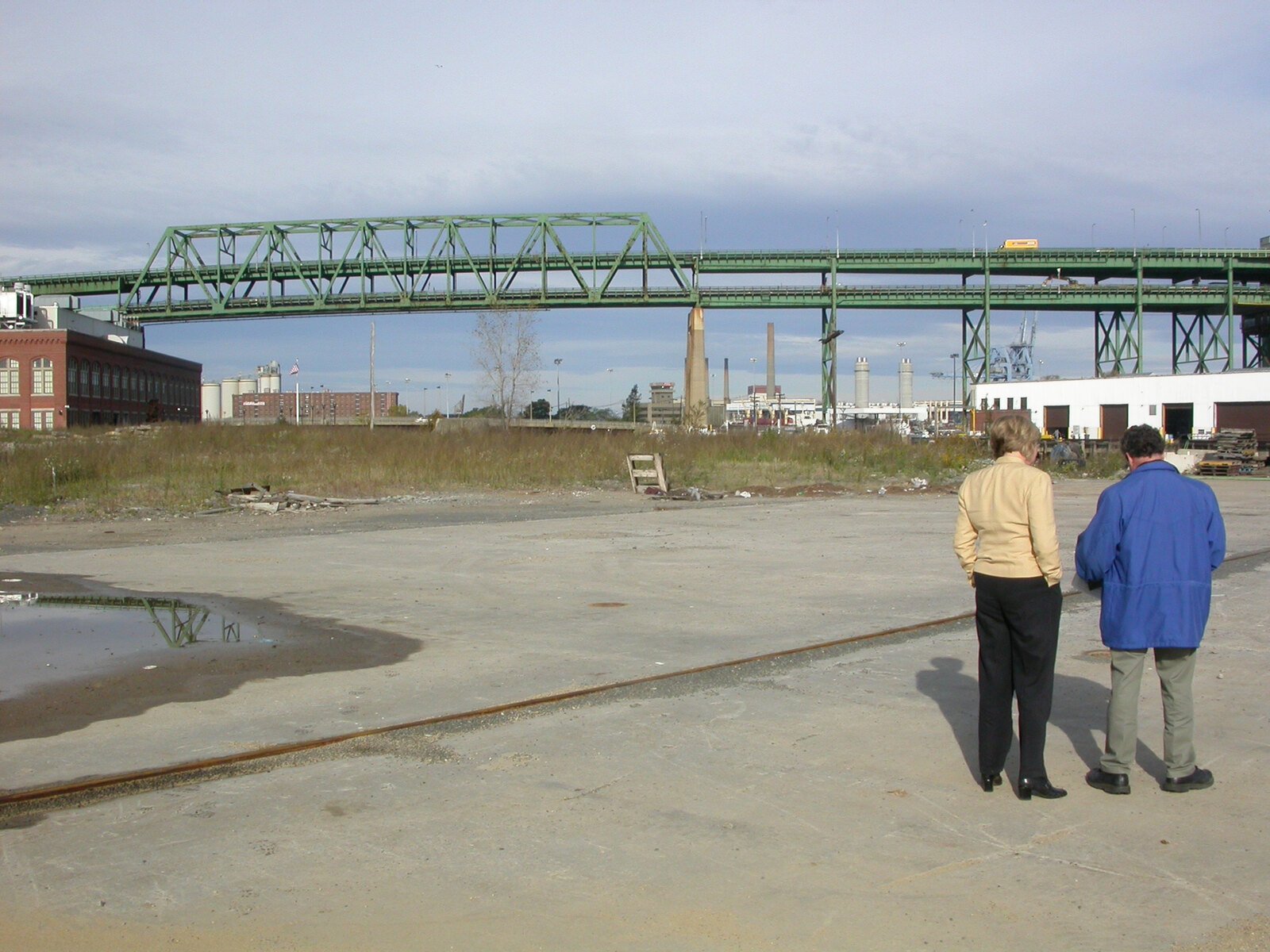Spaulding Rehabilitation Center: A Place for Healing
Nature is an essential component of human existence, and it has been revered for ages in the form of sacred caves, courtyards, and oases. When designing and constructing spaces, it is crucial to consider the integration of nature. The healing properties of nature are evident as it promotes physical activity and enhances mental well-being. It could be said that any garden is healing, so what constitutes a ‘healing garden’? A healing garden typically includes elements like easily accessible paths that wind gently, a plant palette focused on color, texture, and fragrance to engage the senses, a water feature, and secluded seating areas. The purpose of these spaces is to create a peaceful environment that welcomes visitors, allowing them to relax and fully experience the healing benefits of the garden. Henry David Thoreau, American naturalist and philosopher, once said, “Nature is but another name for health”. They offer a sense of control, social support, physical exercise, and outdoor access.
The site of Spaulding Rehabilitation Hospital, located in Boston, Massachusetts, is adjacent to a Navy Shipyard and supports 4,000 inpatient admissions in addition to 140,000 outpatient therapy visits each year. As a former brownfield site, the rehabilitation of the land is now used as a metaphor for patients: If a toxic place can become a place of healing, a broken person can also heal and become stronger. This environment was designed for both patient and public use. Upon opening, 32 Boston Marathon Bombing Survivors were among the first patients to be rehabilitated in the gardens on site. The design of this landscape created a compounding effect, acting as a catalyst for public parks, inclusive playgrounds, and art installations that began to get built within blocks of the site.
The landscape architects, Copley Wolff Design Group, focused on remediation of the site, overall connectivity and inclusion of existing local trails, and the introduction of a healing garden. Swales and earth berms contour around a quarter-mile walking route, called the Therapy Trail, which is engraved with granite paving bands to serve as distance markers. Rehabilitative equipment, sculptural rock forms, and grab handles built into granite walls line the trail so the landscape can accommodate different rehabilitation needs. Additionally, there are over 17 life-sized bronze native wildlife sculptures placed throughout the site to engage patients, staff, and community members while reflecting the rehabilitation goals of the facility. This on-site trail connects to the existing Boston Harborwalk, a 47-mile pathway along the harbor, allowing patients and visitors to go the distance of their choosing. Views of the harbor can be enjoyed amongst 3,000 sf of stormwater planters and rain gardens, contributing to an overall native plant palette. This includes, to name a few, purple coneflower (Echinacea purpurea ‘Magnus’), black-eyed Susan (Rudbeckia fulgida ‘Goldsturm’), little bluestem (Schizachyrium scoparium), and bearberry (Arctostaphylos uva-ursi ‘Massachusetts’). This palette flows into the waterfront therapeutic garden, which boasts 15 canopy trees and over 5,300 shrubs, grasses, perennials, and groundcovers over 20,000 sf to offer seasonal interest and support pollinator habitats.
Sources: https://www.landscapeperformance.org/case-study-briefs/spaulding-rehabilitation-hospital#overview





